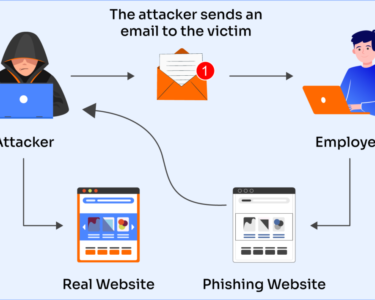
Unlocking Digital Threat Intelligence: Empowering Cybersecurity Defenses
In the ever-evolving landscape of cybersecurity, threat intelligence has become an indispensable asset for organizations seeking to safeguard their digital assets. By leveraging data-driven insights into potential threats, organizations can proactively identify, assess, and mitigate risks, enabling them to stay ahead of adversaries.
Digital threat intelligence is the process of gathering and analyzing information about potential threats to an organization’s digital assets. This information includes threat vectors, vulnerabilities, attack patterns, and tactics, techniques, and procedures (TTPs) employed by attackers.
By unlocking the power of digital threat intelligence, organizations can:
Enhance Situational Awareness
Digital threat intelligence provides a comprehensive view of the current threat landscape, allowing organizations to understand the specific threats they face. This situational awareness enables cybersecurity teams to make informed decisions about their security posture and prioritize their response efforts.
Identify and Prioritize Threats
Threat intelligence helps organizations identify and prioritize the threats that pose the greatest risk to their operations. By assessing the likelihood and impact of potential threats, organizations can focus their resources on the most critical vulnerabilities.
Detect and Respond to Attacks Faster
Digital threat intelligence enables organizations to detect and respond to attacks more quickly and effectively. By monitoring for suspicious activity and leveraging threat indicators, organizations can identify potential breaches or attacks early on and take appropriate action to mitigate their impact.
Improve Security Controls
Threat intelligence can be used to improve the effectiveness of an organization’s security controls. By identifying vulnerabilities and attack patterns, organizations can implement targeted defenses and harden their systems against potential exploits.
Collaborate and Share Information
Digital threat intelligence facilitates collaboration between organizations and allows them to share information about emerging threats. This cooperation helps strengthen the collective defenses of all participants and enables organizations to stay up-to-date on the latest threats.
Key Components of a Digital Threat Intelligence Program
To fully unlock the benefits of digital threat intelligence, organizations should consider the following key components:
Collection: Gathering threat data from various sources, including open-source feeds, commercial intelligence providers, and internal security logs.
Analysis: Processing and interpreting threat data to identify patterns, insights, and actionable recommendations.
Distribution: Providing timely and relevant intelligence to authorized stakeholders within the organization.
Integration: Integrating threat intelligence with security tools and processes to enhance their effectiveness.
Evaluation: Assessing the effectiveness of the threat intelligence program and making adjustments as needed.
Conclusion
Digital threat intelligence plays a crucial role in empowering cybersecurity defenses. By unlocking the power of data-driven insights, organizations can improve their situational awareness, identify and prioritize threats, detect and respond to attacks faster, improve their security controls, and collaborate effectively with others. Implementing a comprehensive digital threat intelligence program is essential for organizations seeking to safeguard their digital assets and stay ahead of the evolving threat landscape.



